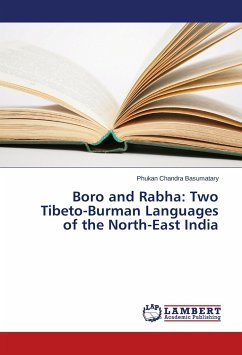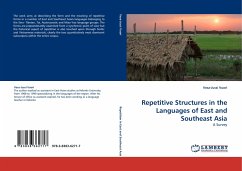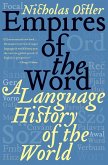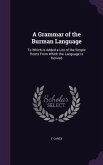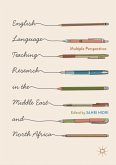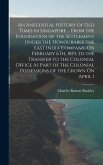The book is an outcome of field investigation done based on the Boro and Rabha languages which was the part of author's project work. Here an analysis has been done based on comparative method between the two genetically related Tibeto-Burman languages concentrated in the North-East India.The investigation has proved that Boro and Rabha both have been derived from a common ancestral root. Structurally these two languages show maximum quantity of linguistic affinities in lexis, phonology, morphology and syntactic level. The book has an academic and sociological importance in the present day Indian context.Primarily this is a typological approach that has been utilized in every step of analysis. Many of the data incorporated here have been gathered as a result of empirical field work.
Bitte wählen Sie Ihr Anliegen aus.
Rechnungen
Retourenschein anfordern
Bestellstatus
Storno

